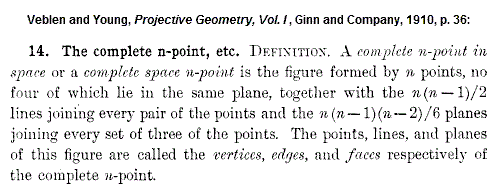"Schufreider shows that a network of linguistic relations
is set up between Gestalt, Ge-stell, and Gefüge, on the
one hand, and Streit, Riß, and Fuge, on the other . . . ."
— From p. 14 of French Interpretations of Heidegger ,
edited by David Pettigrew and François Raffoul.
State U. of New York Press, Albany, 2008. (Links added.)
One such "network of linguistic relations" might arise from
a non-mathematician's attempt to describe the diamond theorem.
(The phrase "network of linguistic relations" appears also in
Derrida's remarks on Husserl's Origin of Geometry .)
For more about "a system of slots," see interality in this journal.
The source of the above prefatory remarks by editors Pettigrew and Raffoul —
"If there is a specific network that is set up in 'The Origin of the Work of Art,'
a set of structural relations framed in linguistic terms, it is between
Gestalt, Ge-stell and Gefüge, on the one hand, and Streit, Riß and Fuge,
on the other; between (as we might try to translate it)
configuration, frame-work and structure (system), on the one hand, and
strife, split (slit) and slot, on the other. On our view, these two sets go
hand in hand; which means, to connect them to one another, we will
have to think of the configuration of the rift (Gestalt/Riß) as taking place
in a frame-work of strife (Ge-stell/Streit) that is composed through a system
of slots (Gefüge/Fuge) or structured openings."
— Quotation from page 197 of Schufreider, Gregory (2008):
"Sticking Heidegger with a Stela: Lacoue-Labarthe, art and politics."
Pp. 187-214 in David Pettigrew & François Raffoul (eds.),
French Interpretations of Heidegger: An Exceptional Reception.
State University of New York Press, 2008.
Update at 5:14 AM ET Wednesday, August 3, 2022 —

See also "six-set" in this journal.
"There is such a thing as a six-set."
— Saying adapted from a 1962 young-adult novel.























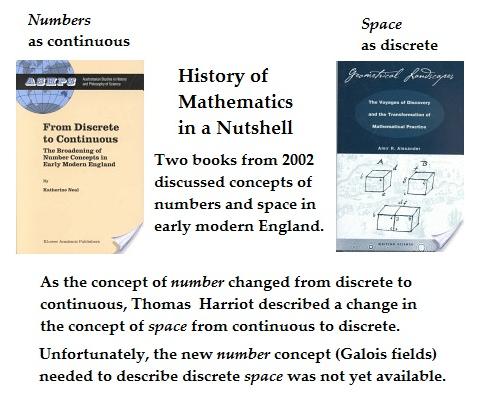











.gif)





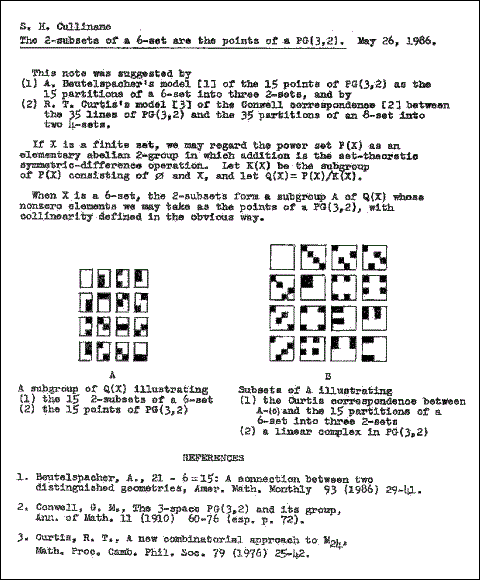







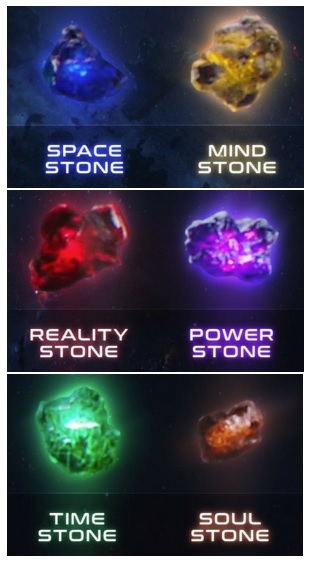








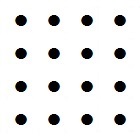
 .
.








